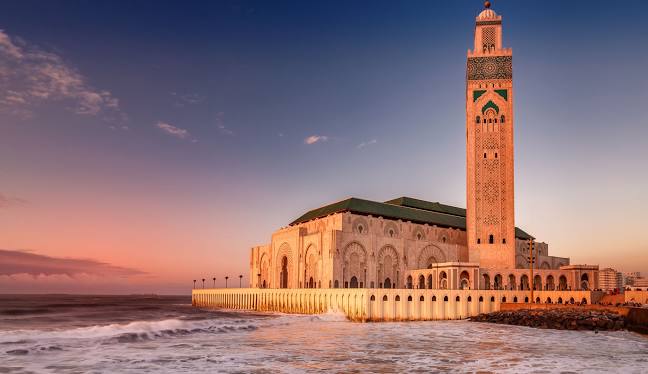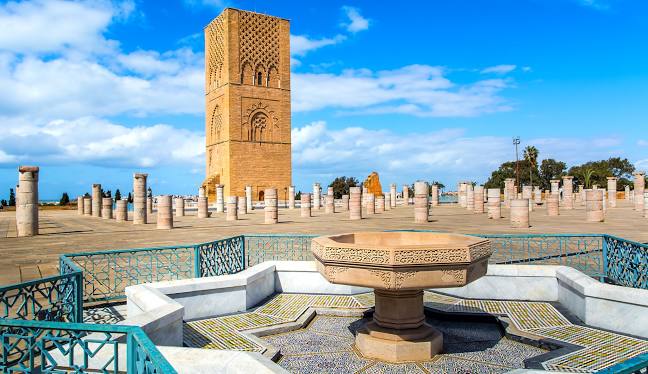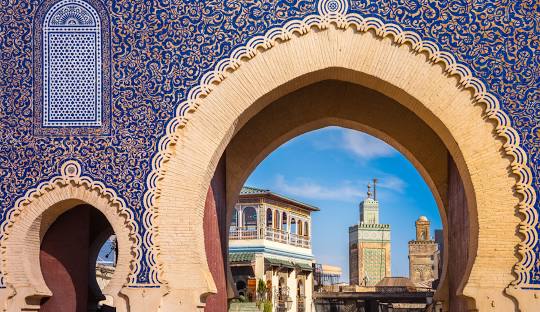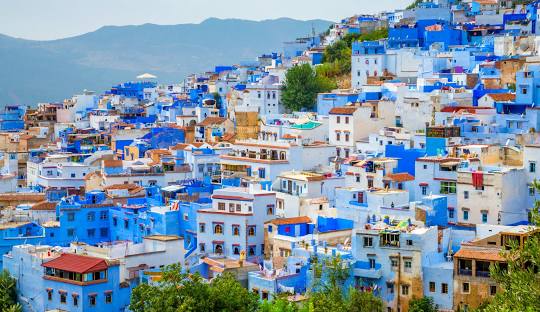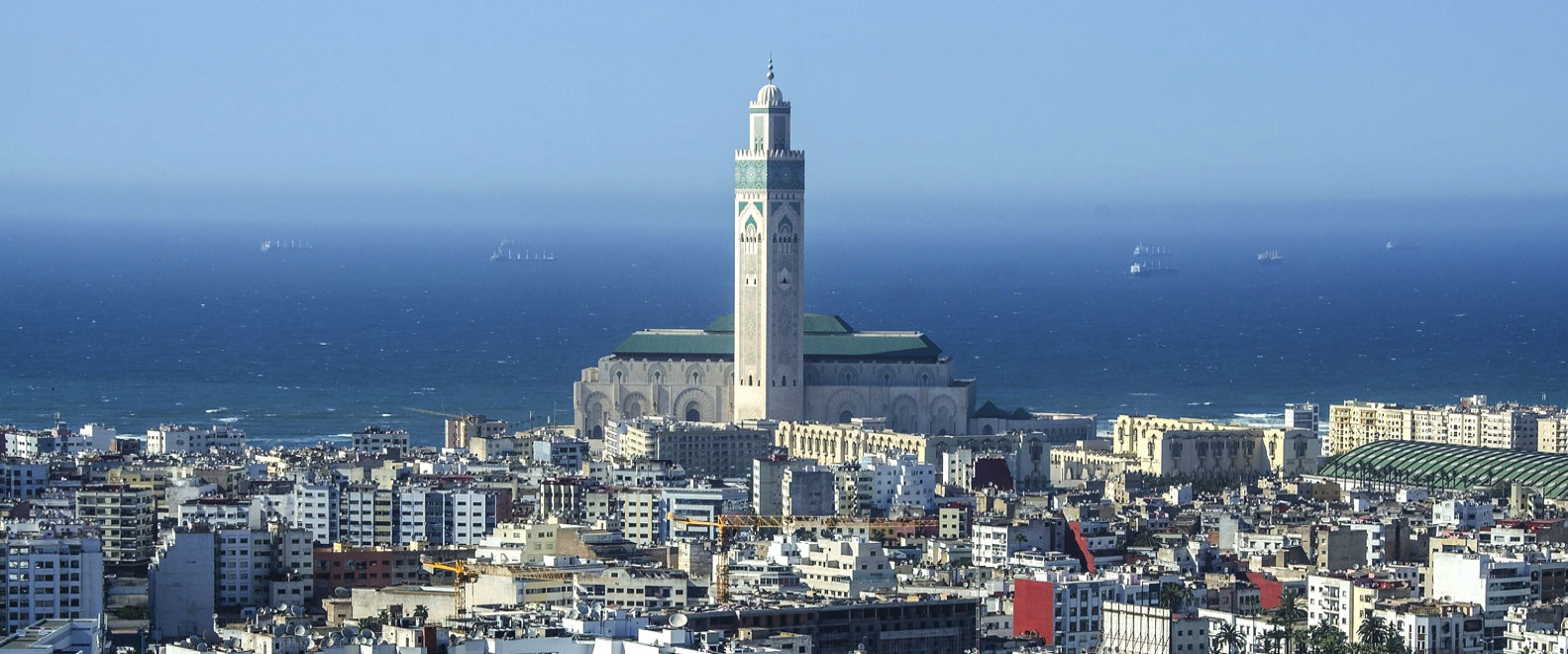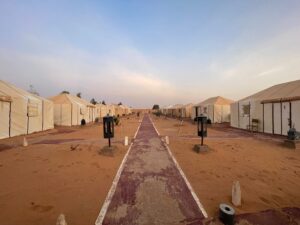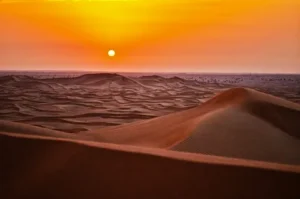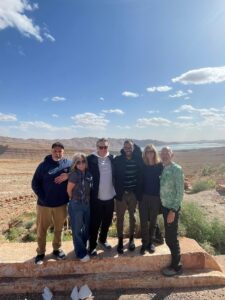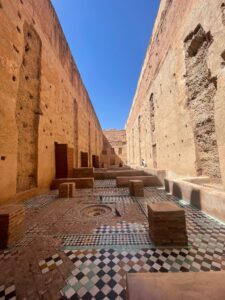Casablanca City in Morocco
1. Early History and Pre-Islamic Era :
The area around modern Casablanca was originally settled by Berber tribes and later became part of the Phoenician and Roman trade networks. During the Roman Empire, it was known as Anfa, a small port used for trade and agriculture.
2. Islamic and Almoravid Era (8th – 15th Centuries) :
– Anfa became a significant town under Islamic rule, especially during the Almoravid and Almohad dynasties.
– By the 14th century, it was a flourishing city known for its resistance to Portuguese incursions.
3. Portuguese Conquest and Decline (15th – 18th Centuries) :
In 1468, the Portuguese destroyed Anfa due to its support of piracy in the region. They rebuilt it in 1515 as Casa Branca (Portuguese for “White House”), a fortified port. By the late 18th century, it was abandoned due to repeated attacks by local tribes and natural disasters.
4. Rebirth Under Moroccan Rule (18th Century) :
Sultan Sidi Mohammed ben Abdallah, an Alaouite ruler, rebuilt the city in the 18th century. Renamed Dar al-Bayda (Arabic for “White House”), the city became an important regional trading center. Its new identity reflected a blend of Moroccan traditions with European influences from trade.
5. French Colonial Era (1912 – 1956) :
Casablanca underwent a dramatic transformation during the French Protectorate. Urban Development: French urban planner Henri Prost redesigned the city, creating wide boulevards, parks, and modern infrastructure. The Art Deco District: Casablanca became known for its Art Deco architecture, with landmarks like Cinema Rialto and the Wilaya building blending French modernism with Moroccan motifs.
Casablanca’s port was modernized, making it the largest in North Africa. The city became Morocco’s industrial and economic hub. The population grew rapidly as rural Moroccans moved to the city for work.
6. Post-Independence (1956 – Present) :
After independence, Casablanca solidified its role as Morocco’s economic and cultural capital. Casablanca is home to Morocco’s main industries, including finance, manufacturing, and trade. The city’s skyline now features modern skyscrapers alongside colonial-era buildings. The Casablanca Stock Exchange, one of the largest in Africa, reinforces its status as a financial hub.
Completed in 1993, the Hassan II Mosque is an architectural marvel, the largest mosque in Morocco and the 7th largest in the world. Its minaret, at 210 meters, is the tallest globally. The mosque symbolizes Casablanca’s blend of tradition and modernity. The Morocco Mall is a symbol of luxury and modern consumer culture, it is one of Africa’s largest shopping centers.
The city’s Art Deco and Neo-Moorish buildings are unique to its colonial past. Modern structures, like the Twin Center Towers, highlight its contemporary growth. Casablanca’s name was immortalized by the 1942 Hollywood film Casablanca, although it was not filmed in the city. The city has a thriving local film and music industry, producing works that reflect urban Moroccan life.
Casablanca is known for its cosmopolitan dining scene, with traditional Moroccan dishes like tagines and pastilla alongside international cuisine. The Casablanca Festival celebrates music, art, and dance, bringing together local and international talent. Jazzablanca Festival is a major event that attracts jazz enthusiasts from around the globe.
With over 3.7 million residents, Casablanca is the largest city in Morocco and one of the largest in Africa. Casablanca remains the economic heart of Morocco, hosting numerous multinational companies, banks, and industries. It is a center for modern Moroccan culture, art, and innovation, balancing its heritage with a forward-looking vision.
The city has invested in infrastructure projects, such as tramlines, green spaces, and smart city initiatives, to accommodate its growing population sustainably. Casablanca is a city of contrasts. A place where history and modernity coexist. From its Berber origins to its colonial Art Deco gems and futuristic skyscrapers, it reflects Morocco’s evolution as a nation. As of 2024, Casablanca is not just an economic center but also a vibrant cultural destination that continues to shape Morocco’s identity on the global stage.
